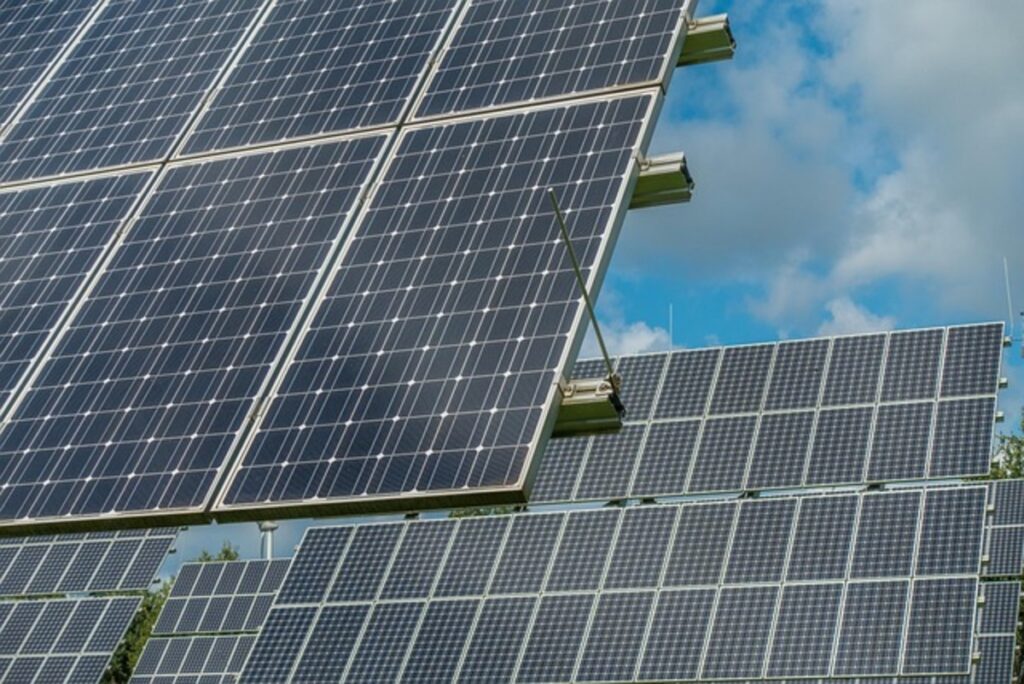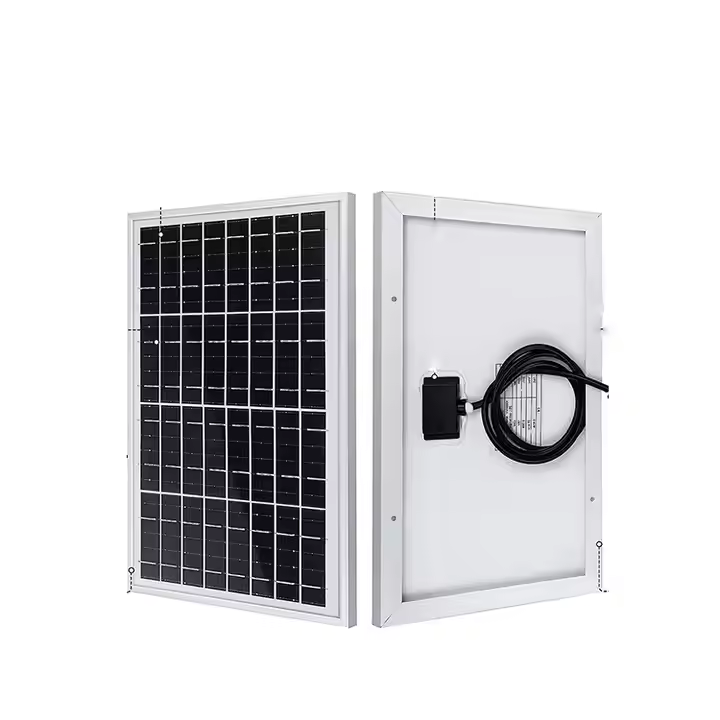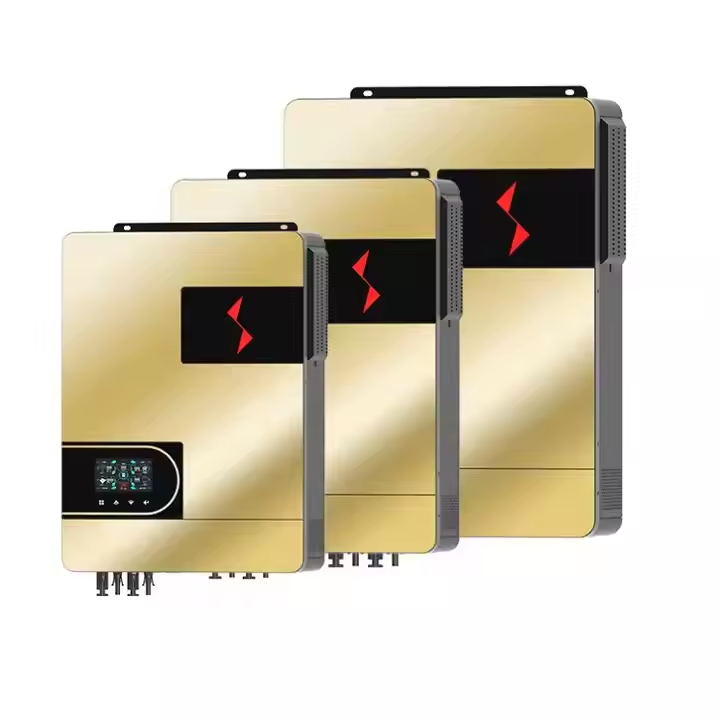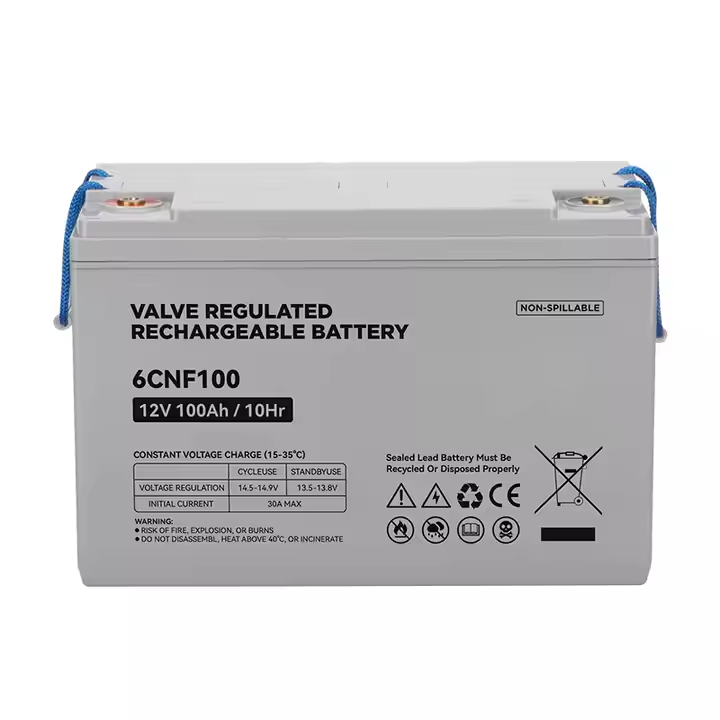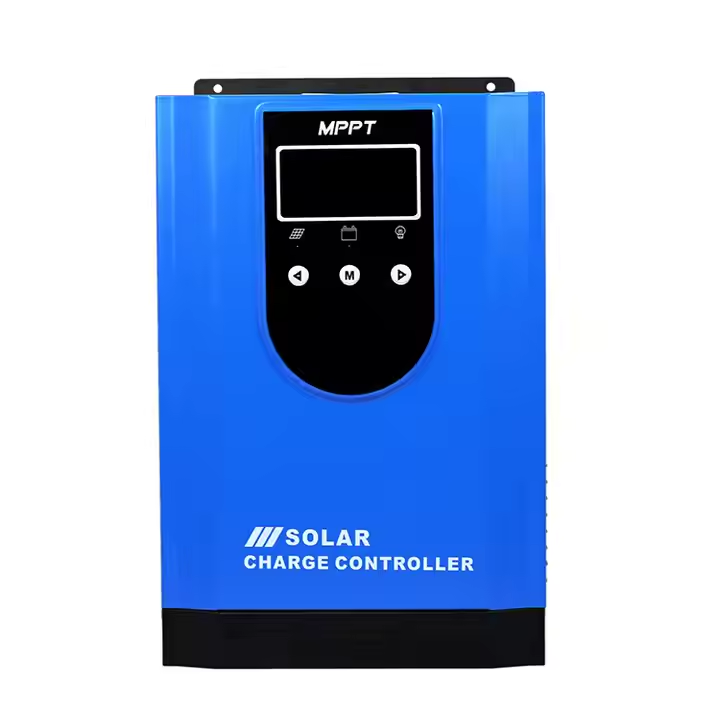I. Introduction
In today’s renewable energy landscape, understanding solar home systems is essential for every homeowner looking to save on electricity costs and reduce their carbon footprint. Solar home systems not only provide clean, sustainable energy but also enhance energy independence and long-term financial savings. This comprehensive guide explains what a solar home system is, the key components involved, and how to choose, install, and maintain the right system for maximum efficiency. Whether you’re considering solar panel installation for your home, exploring residential solar energy solutions, or seeking to optimize your renewable energy setup, this article offers valuable insights and practical tips.
II. Understanding Solar Home Systems
A. Definition and Core Concept
A solar home system is an integrated set of components that converts sunlight into electricity, stores excess power, and provides a reliable, renewable energy source for residential use. These systems typically consist of solar panels, inverters, battery storage, and charge controllers. They are designed to reduce reliance on the grid, lower electricity bills, and support environmentally friendly living.
B. Key Components
Solar Panels:
Types: Monocrystalline, Polycrystalline, and Thin-film panels.
Function: Convert sunlight into direct current (DC) electricity with high efficiency.
2.Inverters:
Role: Convert stored DC electricity into alternating current (AC) suitable for home appliances.
Types: Grid-tied, off-grid, and hybrid inverters.
3.Battery Storage:
Purpose: Store surplus energy generated during the day for use at night or during cloudy weather.
Common Types: Lead acid and lithium-ion batteries.
4.Solar Charge Controllers:
Function: Regulate the charging of batteries, preventing overcharge and reverse current flow.
Types: PWM (Pulse Width Modulation) and MPPT (Maximum Power Point Tracking) controllers.
5.Mounting Structures and Accessories:
Importance: Proper mounting ensures optimal sun exposure and system stability.
C. Types of Solar Home Systems
Grid-Tied Systems:
Connect to the local utility grid, allowing for net metering and energy buyback.
Off-Grid Systems:
Operate independently of the utility grid, ideal for remote areas with no grid access.
Hybrid Systems:
Combine solar generation with battery storage and sometimes additional fuel-based backup, providing flexibility and reliability.
III. Benefits of Solar Home Systems
A. Environmental Benefits
Solar home systems are pivotal in reducing greenhouse gas emissions. By shifting from fossil fuels to clean, renewable solar energy, homeowners help lower their carbon footprint and contribute to a healthier environment.
B. Economic Advantages
Lower Electricity Bills: Generating your own power can dramatically reduce or even eliminate monthly utility costs.
Government Incentives: Tax credits, rebates, and incentives further reduce initial investment costs.
Increased Property Value: Solar systems can boost home value by making properties more energy-efficient and attractive to buyers.
C. Energy Independence and Security
Owning a solar home system minimizes dependency on utility providers and enhances energy security, especially during power outages. With the ability to store and manage energy efficiently, homeowners can ensure a continuous power supply even during emergencies.
IV. Assessing Your Home’s Suitability for Solar
A. Site Evaluation
Roof Orientation & Tilt: Optimal angles maximize sunlight exposure. South-facing roofs (in the Northern Hemisphere) often offer the best performance.
Shading & Obstructions: Trees, nearby buildings, or other obstructions can affect energy yield.
Structural Integrity: Ensure your roof can support the weight of the solar panels and mounting hardware.
B. Energy Consumption Analysis
Evaluate your household’s current and future energy consumption. Understanding your energy needs helps in sizing your solar system appropriately, ensuring the system will meet peak demand and provide long-term benefits.
C. Local Climate Considerations
Assess the solar irradiance and local weather conditions. Analyzing climate data, such as average daily sunlight hours and seasonal variations, is crucial in determining expected energy yield.
V. Choosing the Right Solar System
A. Determining System Size and Capacity
Calculate the total wattage needed based on monthly electricity usage and available roof space. Determine the ideal balance among solar panels, inverters, batteries, and charge controllers to achieve efficiency and cost-effectiveness.
B. Quality Component Selection
Solar Panels: Look for high efficiency, robust warranties, and reliability.
Inverters: Choose between grid-tied, off-grid, and hybrid options based on your needs.
Battery Storage: Consider battery longevity and capacity. Lithium-ion batteries are often preferred for their efficiency.
Charge Controllers: Evaluate between PWM and MPPT based on system size and operating conditions.
C. Cost Analysis and Financing
Examine the initial investment versus long-term savings. Factor in available financing options, government rebates, and tax incentives to determine the return on investment (ROI) and payback period.
VI. Installation Process
A. Pre-Installation Planning
Hire a professional for a detailed site assessment and system design. Obtain necessary permits and understand local regulations affecting solar installations.
B. Step-by-Step Installation
Mounting the Panels: Secure panels on the roof or ground mount ensuring optimal tilt and orientation.
Wiring & Connections: Ensure all components—solar panels, charge controllers, inverters, and batteries—are connected with correct polarity.
System Integration: Integrate the charge controller and hybrid inverter to facilitate smooth energy management and storage.
Testing and Commissioning: Conduct thorough tests to verify system performance, monitor output, and adjust settings as needed.
VII. Maintenance and Monitoring
A. Routine Maintenance Practices
Cleaning Panels: Regularly clean solar panels to maintain efficiency.
Inspection: Periodically check wiring, connections, and system settings.
Performance Monitoring: Use integrated monitoring systems to track energy production and battery performance in real time.
B. Troubleshooting Common Issues
Follow a structured troubleshooting guide to resolve issues such as:
Reduced energy output due to shading or dirt accumulation.
Wiring or connection problems.
Misconfigured system parameters like Low Voltage Disconnect (LVD).
VIII. Frequently Asked Questions (FAQs)
What are the differences between grid-tied, off-grid, and hybrid solar systems?
Grid-tied systems connect to the local utility, off-grid systems are independent, and hybrid systems combine renewable generation with battery storage for greater flexibility.How do I accurately estimate my home’s energy needs?
Review your monthly electricity bills and use online calculators to estimate required system size based on consumption.What maintenance practices are critical for long-term performance?
Regular cleaning, system checks, and periodic calibration of adjustable settings such as LVD are essential.How do local climate and site conditions affect solar system performance?
Factors like roof orientation, shading, and solar irradiance significantly impact energy yield and overall system efficiency.
IX. Conclusion
A well-designed solar home system offers significant environmental, economic, and energy security benefits. By understanding the key components, carefully assessing your home’s suitability, choosing high-quality equipment, and following best installation and maintenance practices, every homeowner can maximize energy efficiency and reduce long-term energy costs. Investing in a solar home system is not just about sustainable living—it’s about creating a reliable, cost-effective energy source that secures your home’s future while contributing to a greener planet.
For homeowners looking to embrace renewable energy, this comprehensive guide serves as a roadmap to achieving energy independence and enjoying substantial savings. Take the next step by consulting with a professional to design a system that best meets your energy needs and ensures long-term performance.

